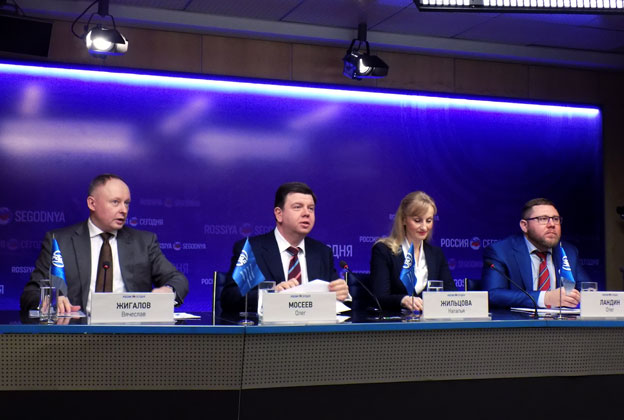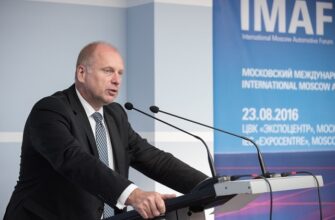According to the forecast of the Association “Russian Automobile Dealers” (short ROAD) in 2017 will be sold about 1.5 million new cars in Russia, 5% more than in 2016. Similar growth is expected on the secondary market. According to dealers, factor contributing to the demand in the coming year will be pent-up demand of vehicles sold in 2012.
This forecast was announced by the President of the ROAD Oleg Moseev at a press conference on the ROAD on January 19, 2017. At the same time, Vice-President of the organization Vyacheslav Zhigalov expressed another forecast that sales will remain at level of the last year. Thus, it is possible to say that ROAD predicts 0%-5% market growth in 2017.
Along with this, a result of several years of falling sales and profitability closed 300 dealerships. In 2017 it is expected to close another 150 dealerships. Profitability rates of the car dealers remain negative.
An important application of the efforts of dealers has been and will remain the development of the secondary market, which accounts more than in 3 times more car sales. The share of sales of used cars by official dealerships increased from 8% to 11% share in total in 2016.
According to the President of the ROAD O. Moseev, work of ROAD in 2016 will keep the focus on the creation of a National database of pre-owned vehicles (data will be available for individuals in mid-2017), the opening of branches in the regions and update of the principles of the Academy ROAD.
Due to the fact that, according to Oleg: “the industry requires high-quality professionals,” work at the Academy will include training of personnel reserves for the business involving colleges and other educational institutions.
Vice-President of the ROAD Natalia Zhiltsova talked about prepared by the dealers together with the insurers (the Russian Union of insurers) the draft amendment to the compulsory insurance (OSAGO). The aim of the project is to “revive the sector”, “to stop the quit of the guarantee park” for dealers for insurance cases.
The project offers renovation as a form of reparation in case of accident (now it is a choice of the vehicle owner, who often takes the money), the repair center must be chosen from an approved list, for limiting cases remains the choice of monetary compensation. At the same time, service provider’s responsibility for the quality of the repair must be implemented, as well as taking into account the wear of parts must be stopped, new parts must be used only and maintaining warranty must be kept. According to Natalia, all this will serve the interests of the owners.
According to the estimates of dealers, the expected volume of compensation more than 2 times may exceed the current insured repair (100 billion rubles to 40 billion rubles for current Casco).
On the question of cultural and political magazine “E-Vesti” about whether dealers offer competitive conditions for service vehicles before and after warranty, N. Zhiltsovs said: “To maintain the warranty from the manufacturer if the car is out of warranty, it is logical to serve it at authorized dealer. As for post-warranty park, which greatly exceeds warranty park, the official dealers are free to compete with independent stations, including those on the insurance market.
According to the regulations of dealer contracts, we must put authorized official spare parts imported through distributors for car repair warranty. With regard to post-warranty repairs, there is quite a lot of freedom of action and the dealerships are not the aggrieved party, they may compete with independent service stations. Here is the issue of price of spare parts. Another issue is that dealerships in the repair of any car use the technology adopted in the dealership, and conforms to the manufacturer, because for any deviation the technology necessary to create a separate dealership, to make it independent from the dealership”.
Vice-President of the ROAD, Vyacheslav Zhigalov has paid attention to this aspect of the organization as the interaction with authorities, to which the organization is seeking participation in the development Strategy of the car industry, government support and tax and credit loads, as well as the adoption of the amendments to the law on consumer Protection (against “consumer extremism”, which already amounted to over 700 million rubles).





